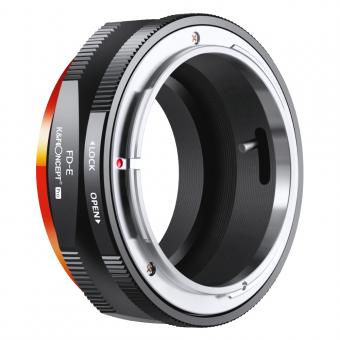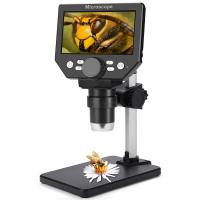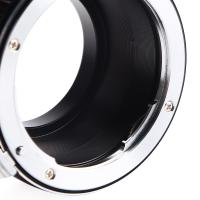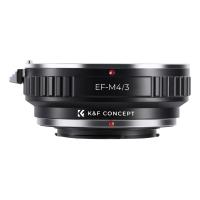Are Electron Microscopes Very Expensive ?
Yes, electron microscopes are generally very expensive due to their complex technology and high precision. They can cost anywhere from tens of thousands to millions of dollars, depending on the type and specifications of the microscope.
1、 Cost of electron microscopes
Electron microscopes are indeed very expensive scientific instruments. The cost of electron microscopes can vary significantly depending on the type, specifications, and additional features. Generally, the price range for electron microscopes can start from tens of thousands of dollars and go up to several million dollars.
The high cost of electron microscopes can be attributed to several factors. Firstly, electron microscopes are highly complex and sophisticated instruments that require advanced technology and precision engineering. The manufacturing process involves intricate components, such as electron guns, electromagnetic lenses, and detectors, which contribute to the overall cost.
Additionally, electron microscopes require a controlled environment, including a vacuum chamber, to operate effectively. This adds to the cost as specialized infrastructure and maintenance are necessary. Moreover, electron microscopes often require skilled technicians or operators to handle and maintain them, which can further increase the overall cost.
However, it is worth noting that the cost of electron microscopes has been decreasing over the years due to advancements in technology and increased competition among manufacturers. This has made electron microscopes more accessible to a wider range of research institutions and industries.
Furthermore, there are also options for refurbished or used electron microscopes, which can be more affordable for those with budget constraints. These refurbished instruments can still provide high-quality imaging capabilities, although they may not have the latest features or specifications.
In conclusion, electron microscopes are generally considered to be very expensive scientific instruments. However, with advancements in technology and increased competition, the cost has been decreasing, making them more accessible to a broader range of users.
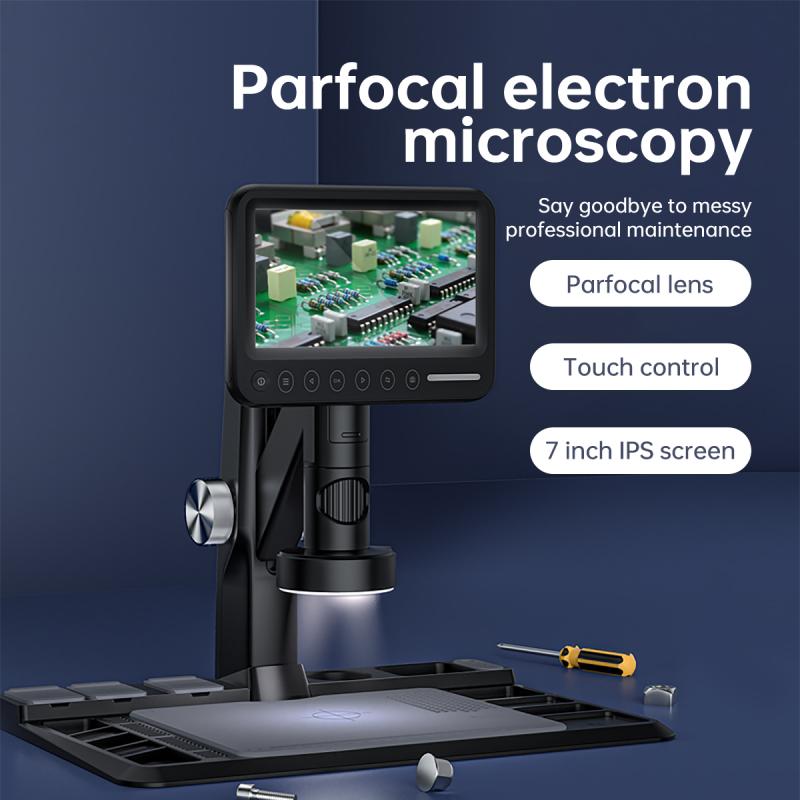
2、 Factors influencing electron microscope prices
Factors influencing electron microscope prices can vary depending on several factors. Firstly, the type of electron microscope plays a significant role in determining its price. There are two main types of electron microscopes: transmission electron microscopes (TEM) and scanning electron microscopes (SEM). TEMs are generally more expensive than SEMs due to their higher resolution and more complex design.
Another factor that affects the price is the level of sophistication and capabilities of the microscope. Advanced features such as high-resolution imaging, analytical capabilities (such as energy-dispersive X-ray spectroscopy), and specialized techniques (such as cryo-electron microscopy) can significantly increase the cost.
The brand and reputation of the manufacturer also play a role in determining the price. Well-established and reputable manufacturers often charge higher prices due to their quality and reliability.
Furthermore, the age and condition of the microscope can influence its price. Newer models with the latest technology tend to be more expensive, while used or refurbished microscopes may be more affordable options.
Lastly, the demand and supply dynamics in the market can impact the price. If there is high demand for electron microscopes and limited supply, prices may be higher. Conversely, if there is low demand or increased competition among manufacturers, prices may be more competitive.
Regarding the question of whether electron microscopes are very expensive, it can be said that they are indeed costly instruments. The prices of electron microscopes can range from tens of thousands to millions of dollars, depending on the factors mentioned above. However, it is worth noting that with advancements in technology and increased competition, there has been a gradual decrease in prices over the years. Additionally, there are options for leasing or renting electron microscopes, which can make them more accessible to researchers and institutions with budget constraints.

3、 Price range for electron microscopes
Electron microscopes are indeed very expensive scientific instruments. The price range for electron microscopes can vary significantly depending on the type, specifications, and capabilities of the microscope. Generally, the cost of electron microscopes can range from tens of thousands to millions of dollars.
There are several factors that contribute to the high cost of electron microscopes. Firstly, the technology used in electron microscopes is highly advanced and requires precision engineering and manufacturing. The electron beam source, detectors, and other components need to be meticulously designed and fabricated to achieve high-resolution imaging. This level of precision and complexity drives up the cost of production.
Additionally, electron microscopes require specialized facilities and infrastructure to operate effectively. These facilities need to provide a stable environment with controlled temperature, humidity, and vibration levels. The installation and maintenance of such facilities also add to the overall cost of owning an electron microscope.
Moreover, the continuous advancements in electron microscopy technology contribute to the high price tag. As new techniques and features are developed, the cost of incorporating these advancements into electron microscopes increases.
It is worth noting that while electron microscopes are expensive, they are essential tools in various scientific fields, including materials science, nanotechnology, biology, and medicine. They provide researchers with the ability to visualize and analyze samples at the atomic and molecular level, enabling groundbreaking discoveries and advancements in these fields.
In recent years, there have been efforts to make electron microscopy more accessible and affordable. Some companies and research institutions are developing compact and cost-effective electron microscopes that can be used in smaller laboratories or educational settings. These advancements aim to lower the entry barrier and expand the reach of electron microscopy.
In conclusion, electron microscopes are indeed very expensive scientific instruments due to their advanced technology, specialized infrastructure requirements, and continuous advancements. However, ongoing developments in the field may lead to more affordable options in the future, making electron microscopy more accessible to a wider range of users.
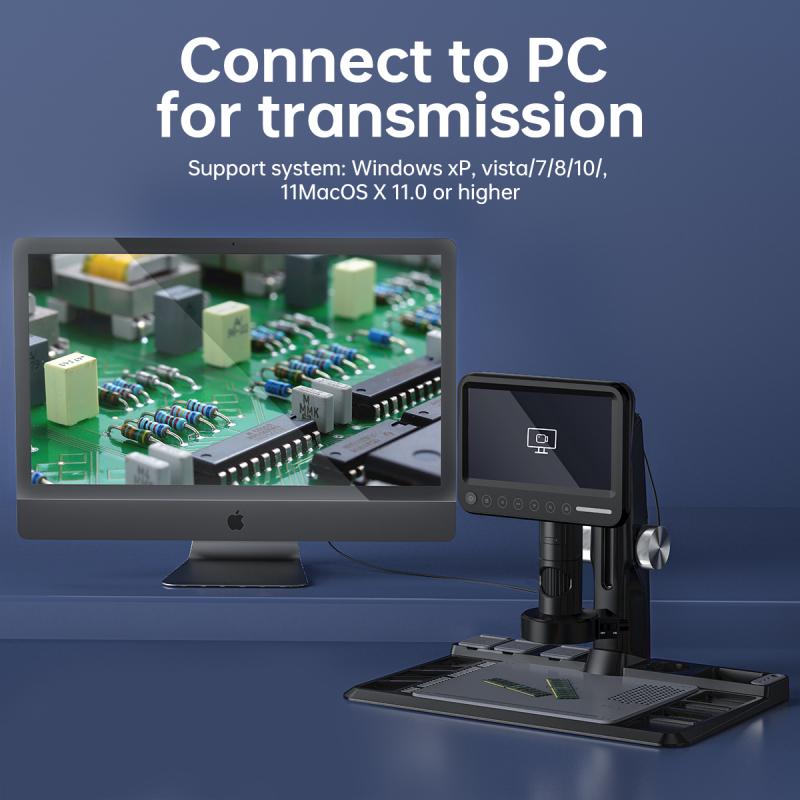
4、 Comparing costs of different types of electron microscopes
Comparing costs of different types of electron microscopes, it is safe to say that electron microscopes are generally considered to be expensive scientific instruments. However, the exact cost can vary depending on the type and specifications of the microscope.
Traditional transmission electron microscopes (TEMs) are typically the most expensive type of electron microscope. These instruments use a beam of electrons to create high-resolution images of samples and can cost anywhere from hundreds of thousands to millions of dollars. The high cost is mainly due to the complex technology and precision required to produce and maintain these microscopes.
Scanning electron microscopes (SEMs) are another type of electron microscope that are widely used in various fields. SEMs provide detailed surface imaging and can also be quite expensive, although they are generally less costly than TEMs. The price range for SEMs can vary from tens of thousands to hundreds of thousands of dollars.
It is worth noting that there have been advancements in electron microscope technology in recent years, which have led to the development of more affordable options. For example, desktop SEMs have become available at a lower cost compared to their larger counterparts. These smaller SEMs offer similar imaging capabilities but at a reduced price, making them more accessible to a wider range of researchers and institutions.
In conclusion, while electron microscopes are generally considered to be expensive, the cost can vary depending on the type and specifications of the microscope. Traditional TEMs tend to be the most expensive, while SEMs can range in price. However, advancements in technology have led to the development of more affordable options, making electron microscopy more accessible to researchers and institutions.










